In a dramatic development, Russian Foreign Minister Sergey Lavrov has announced that a second round of direct peace talks between Russia and Ukraine is set for June 2, 2025, in Istanbul, Turkey. This follows the first high-level negotiations since 2022, held on May 16, which resulted in a historic prisoner swap but no ceasefire agreement. The upcoming summit, fueled by U.S. President Donald Trump’s push for a swift resolution to the Russo-Ukrainian War, aims to build on these fragile steps toward peace. This blog post explores the context of the June 2 summit, the stakes involved, and the challenges ahead.
A Renewed Push for Peace
The announcement comes amid heightened diplomatic activity following the May 16 talks in Istanbul, where Ukrainian and Russian delegations agreed to exchange 1,000 prisoners of war each—the largest swap in the conflict’s history. Despite this achievement, the talks failed to secure a ceasefire, with Russia reiterating demands for Ukraine to withdraw from four regions (Donetsk, Luhansk, Zaporizhzhia, and Kherson) and abandon NATO ambitions—terms Kyiv deems unacceptable.
Lavrov’s proposal for a June 2 summit, reported by Russian state media and confirmed on X by outlets like TASS and RT, signals Moscow’s intent to keep the dialogue alive. Turkey’s Foreign Minister Hakan Fidan has expressed readiness to host, emphasizing Istanbul’s role as a neutral venue, as it was in 2022. The summit is expected to involve both sides presenting detailed ceasefire proposals, building on documents exchanged in May.
U.S. involvement remains pivotal. Trump, who has prioritized ending the war, has signaled he may meet Russian President Vladimir Putin soon, a move seen as critical to breaking the deadlock. After the May talks, Trump spoke with Ukrainian President Volodymyr Zelenskyy and European leaders, including France’s Emmanuel Macron, to discuss next steps. However, his absence from the June 2 summit, along with Putin’s and Zelenskyy’s, suggests the talks will remain at a technical level, led by figures like Ukraine’s Defense Minister Rustem Umerov and Russia’s Vladimir Medinsky.
High Stakes, Deep Divisions
The June 2 summit carries immense weight for both sides:
- Ukraine’s Position: Kyiv insists on an immediate, unconditional ceasefire as a prerequisite for substantive talks, a stance backed by European allies like the UK and France. Zelenskyy has called for sanctions on Russia’s energy and banking sectors if Moscow refuses, warning that Putin’s low-level delegation in May signaled a lack of seriousness. Ukraine’s 10-point peace plan, which demands a full Russian withdrawal and restoration of 1991 borders, remains non-negotiable.
- Russia’s Demands: Moscow frames the talks as a continuation of the 2022 Istanbul negotiations, which collapsed over issues like Ukraine’s neutrality and NATO membership. Putin’s conditions include Ukraine ceding annexed territories, demilitarization, and “denazification,” terms Kyiv rejects as capitulation. Lavrov has emphasized addressing the conflict’s “root causes,” including Ukraine’s language laws and NATO aspirations.
- U.S. Influence: Trump’s push for a deal has raised fears in Kyiv of a U.S.-Russia summit sidelining Ukraine. Secretary of State Marco Rubio, who attended the May talks, has downplayed expectations for breakthroughs without Trump and Putin’s direct involvement.
Challenges and Opportunities
The June 2 summit faces significant hurdles:
- Mutual Distrust: The May talks exposed a wide gap, with Russia’s “non-starter” demands—such as territorial withdrawals—met with Ukrainian accusations of insincerity. Zelenskyy’s insistence on meeting Putin directly, which Moscow has rebuffed, complicates progress.
- Geopolitical Pressures: Europe, wary of Trump’s pro-Russia leanings, is preparing new sanctions, including on Russia’s Nord Stream pipelines and shadow fleet. Meanwhile, Trump’s threat of sanctions if Putin doesn’t negotiate adds unpredictability.
- Military Realities: Russia controls roughly 20% of Ukraine, giving it battlefield leverage, while Ukraine’s weakened position since 2022 limits its negotiating power. Recent Russian drone attacks, despite talk of peace, underscore the ongoing violence.
Yet, opportunities exist. The prisoner swap agreement shows both sides can reach tangible outcomes. Turkey’s mediation, backed by its history of hosting talks in 2022, provides a neutral platform. The commitment to exchange ceasefire drafts, as noted by Russia’s Maria Zakharova, suggests a structured path forward.
Global Implications
The summit’s outcome will reverberate beyond Ukraine. A failure to secure a ceasefire could escalate Western sanctions, further straining Russia’s economy, already weakened by existing measures. For Ukraine, continued fighting risks further territorial losses and economic devastation, with no major Western aid since the G7’s $50 billion loan package in 2024.
Globally, the talks intersect with broader geopolitical shifts, including Trump’s push for a tripolar world order (see our post on Trump’s foreign policy). His focus on bilateral deals with Russia could reshape NATO’s role and Europe’s security architecture, raising concerns in capitals like Paris and Berlin. For France, already grappling with its own economic crisis and Macron’s domestic challenges (see our posts on France’s economy and the Vietnam scandal), a prolonged Ukraine conflict adds pressure to an overstretched EU.
Looking Ahead
The June 2 summit is a critical juncture in the Russo-Ukrainian War. While a full ceasefire remains elusive, the talks could lay the groundwork for future leader-level negotiations, potentially involving Trump and Putin. Ukraine’s call for a summit including Russia by year-end, as noted by its ambassador to Turkey, suggests cautious optimism. However, the deep divide over territory, NATO, and security guarantees means progress will be incremental at best.
As the world watches, Istanbul once again becomes the stage for high-stakes diplomacy. The question is whether both sides can move beyond posturing to find common ground—or if the summit will be another missed opportunity in a conflict that has already claimed countless lives.
For the latest updates on this story, visit Bullish Stock Alerts.

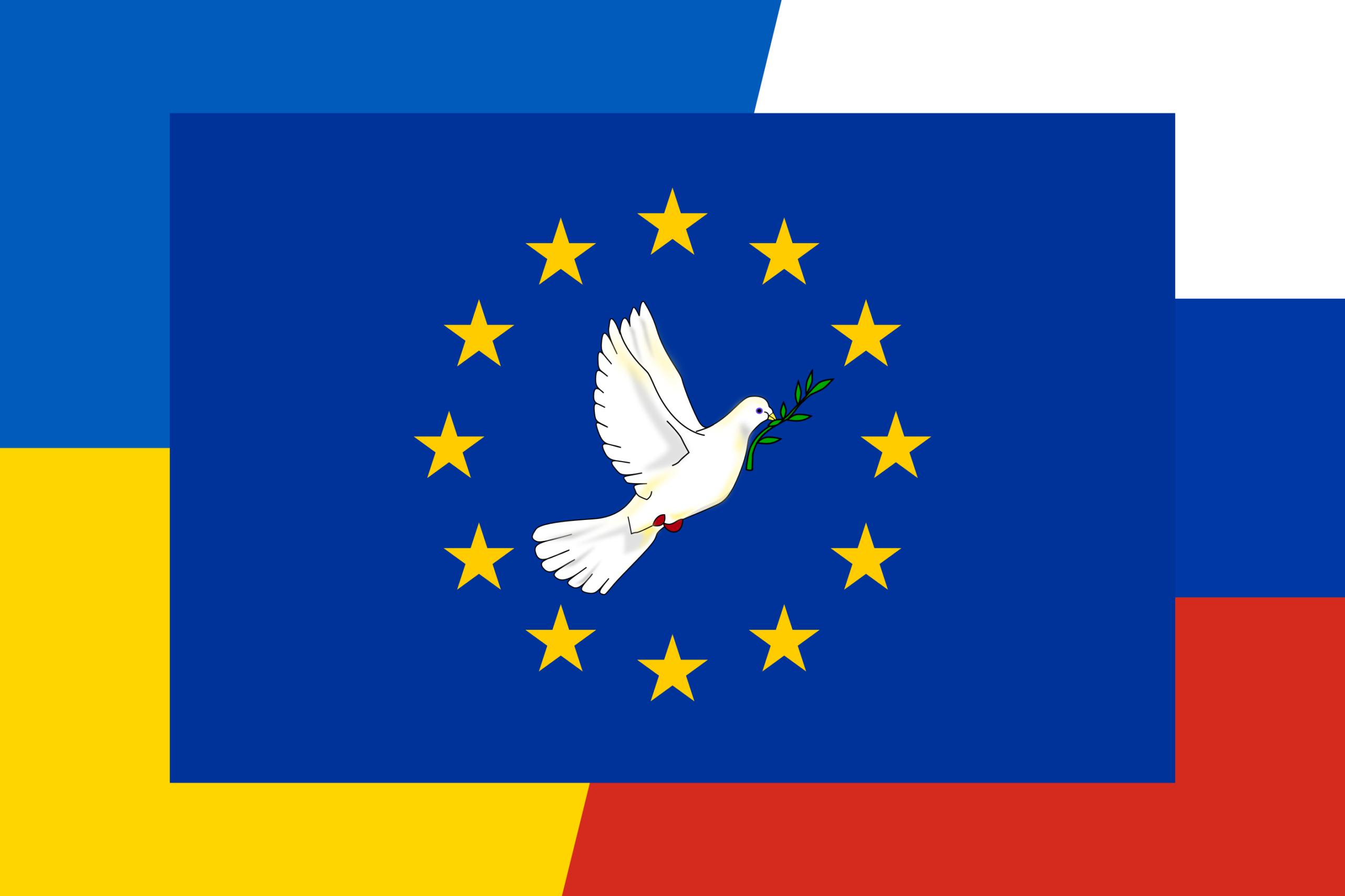
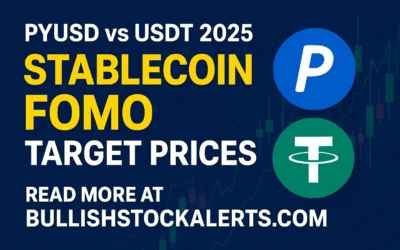

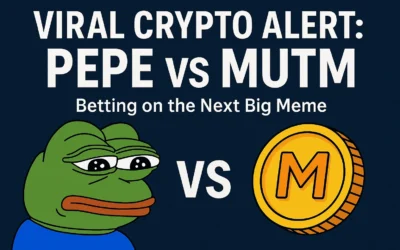
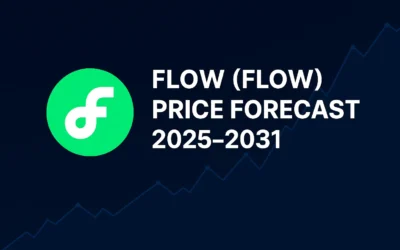
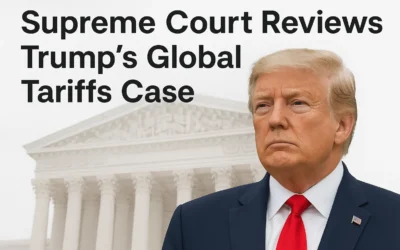
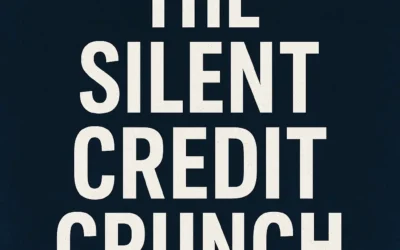
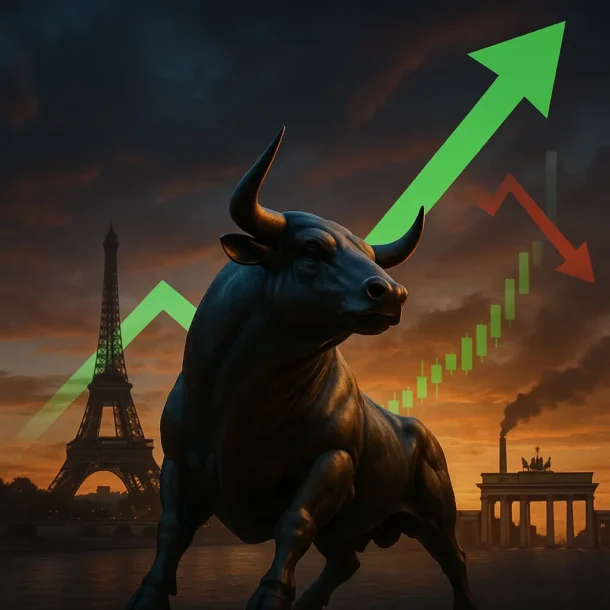
0 Comments